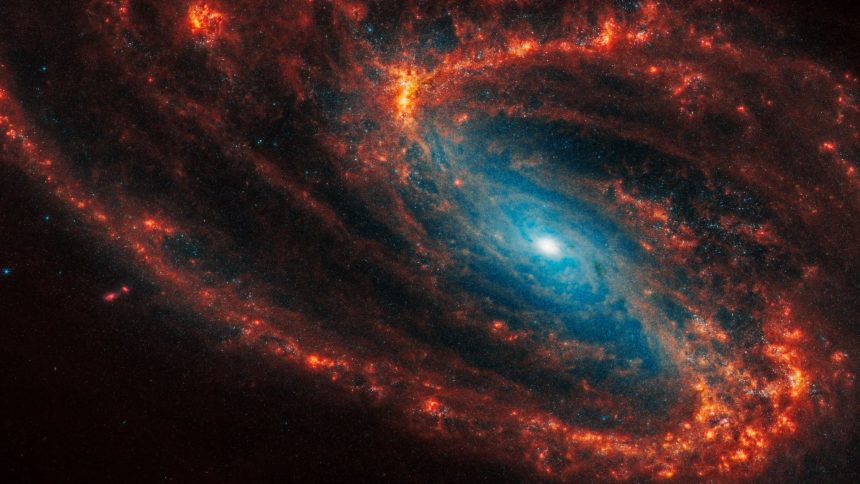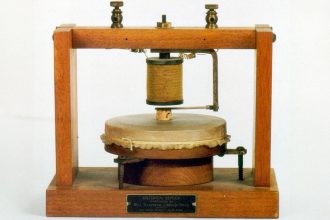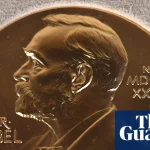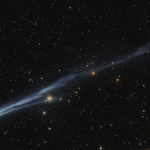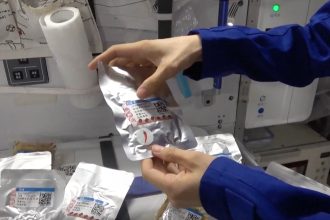Astronomers have observed a gigantic cosmic “contrail” in a distant galaxy. The trail of gas and dust may have been churned out by a passing massive black hole, although there are other possible causes, scientists report in a new study.
The contrail was spotted in the spiral galaxy NGC 3627, located roughly 31 light-years from our solar system in the constellation Leo.
You may like
Zhao and co-author Guang-Xing Li stumbled upon the galactic contrail when analyzing data collected by the Physics at High Angular Resolution of Nearby Galaxies (PHANGS) survey. Using a range of telescopes, including the James Webb Space Telescope (JWST) and the Atacama Large Millimeter/submillimeter Array (ALMA) in Chile, this survey aims to study how gas and star formation influences, and is influenced by, galaxy structure and evolution. While the PHANGS-JWST data revealed that NGC 3627’s contrail contains dust particles, the PHANGS-ALMA data suggested it was also rich in carbon monoxide.
The contrail highlighted in the image is 6 kiloparsecs, or 20,000 light-years, long — one-fifth the width of the Milky Way galaxy. (Image credit: Zhao and Li 2025, arXiv; CC BY-SA 4.0)
The contrail is a faint, linear tail of gas and dust that appears distinct from the galaxy’s two spiral arms. Based on a theoretical model Li co-developed in 2021, Zhao and Li think a massive compact object, like a black hole, was most likely responsible for creating it. The model suggests that as the object flew through the galactic disk, it squeezed out the gas, leaving behind the contrail marking its passage. The tremendous turbulence within NGC 3627’s contrail supports this model.
The contrail’s features allowed the researchers to estimate that the compact object was about 10 million solar masses and was zipping past at a breakneck speed of 186 miles per second (300 kilometers per second) — 50% faster than the current speed record for a spacecraft, held by the Parker Solar Probe. Additional calculations indicate the contrail formed 20 million years ago, relatively recently in astronomical terms. (The Milky Way is more than 13 billion years old, for comparison).
Although the researchers suggested the compact object could be an enormous black hole, they noted that it could also be the dense nucleus of a dwarf galaxy.
“Currently, with the available data, we cannot definitively distinguish between these two possibilities,” Zhao said. “The predicted mass fits both scenarios. A direct detection of the object itself is very challenging — if it’s a faint dwarf galaxy, it would be too dim to see easily at NGC 3627’s distance. Future deep optical surveys or very high-resolution ALMA observations might one day reveal a counterpart.”
The researchers also suggested that mysterious red and compact objects known as “little red dots” may also be responsible, although they haven’t worked out exactly how.
Zhao and Li plan to continue studying the contrail and will search the PHANGS observations for more of these streams.
“Understanding their evolution and how common they are could tell us a lot about the population of massive dark objects flying through galactic disks,” Zhao said.
The study, which hasn’t been peer-reviewed yet, is available as a preprint on the arXiv server.

